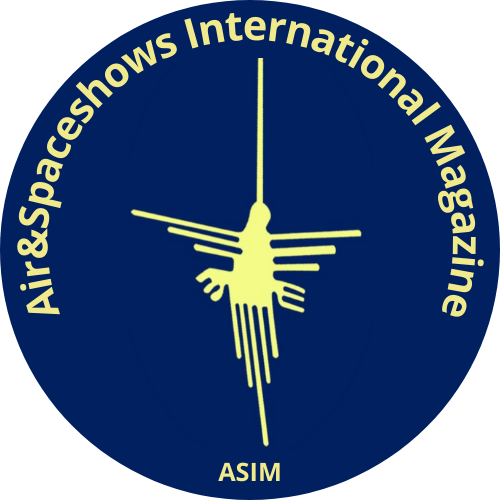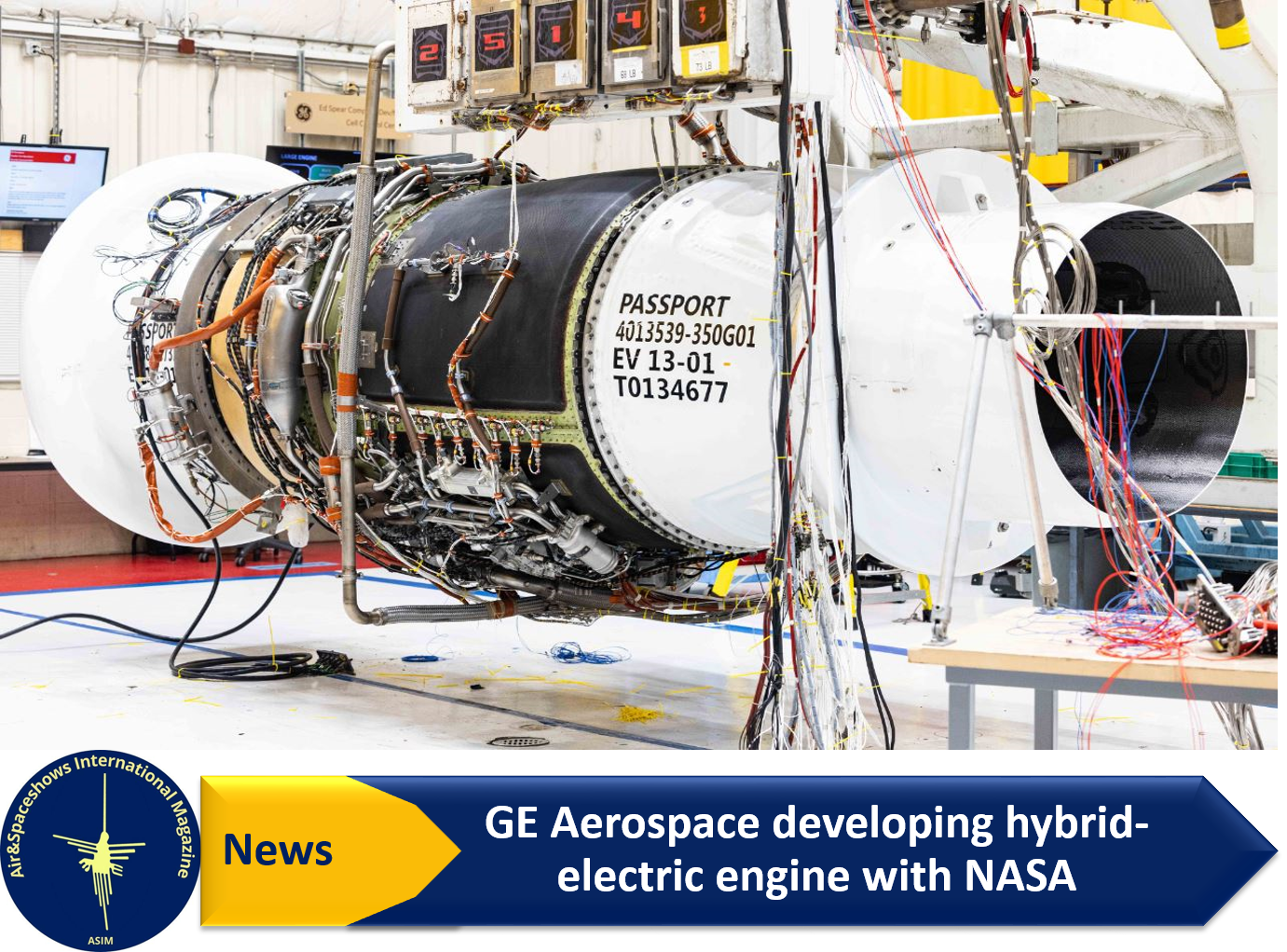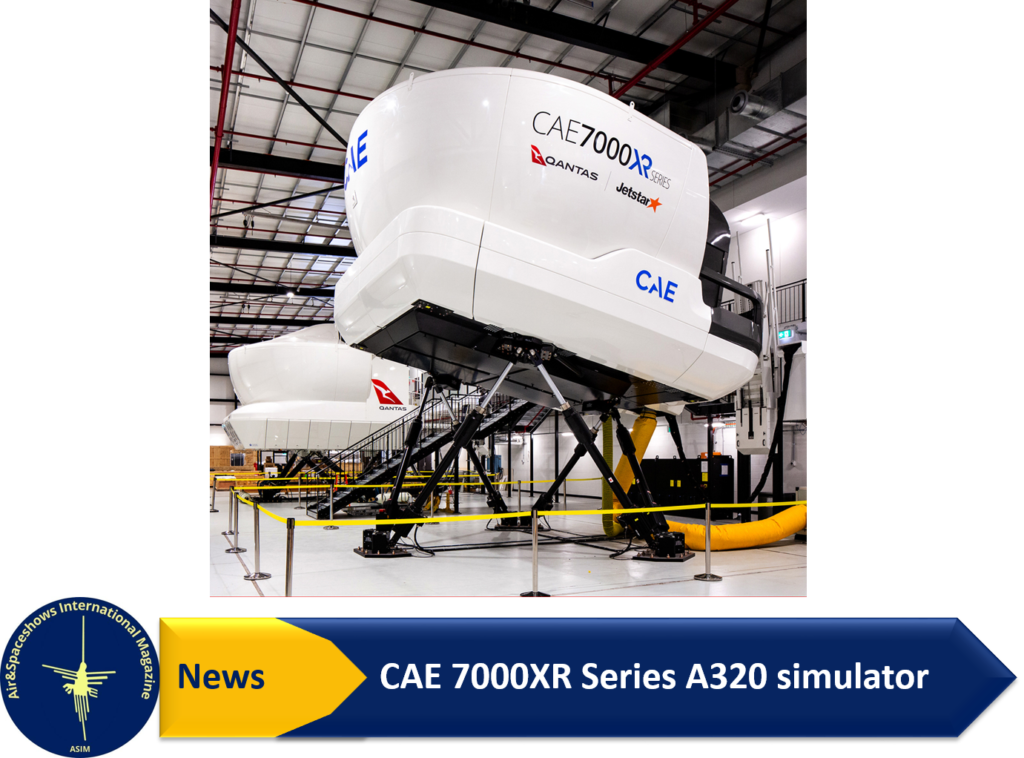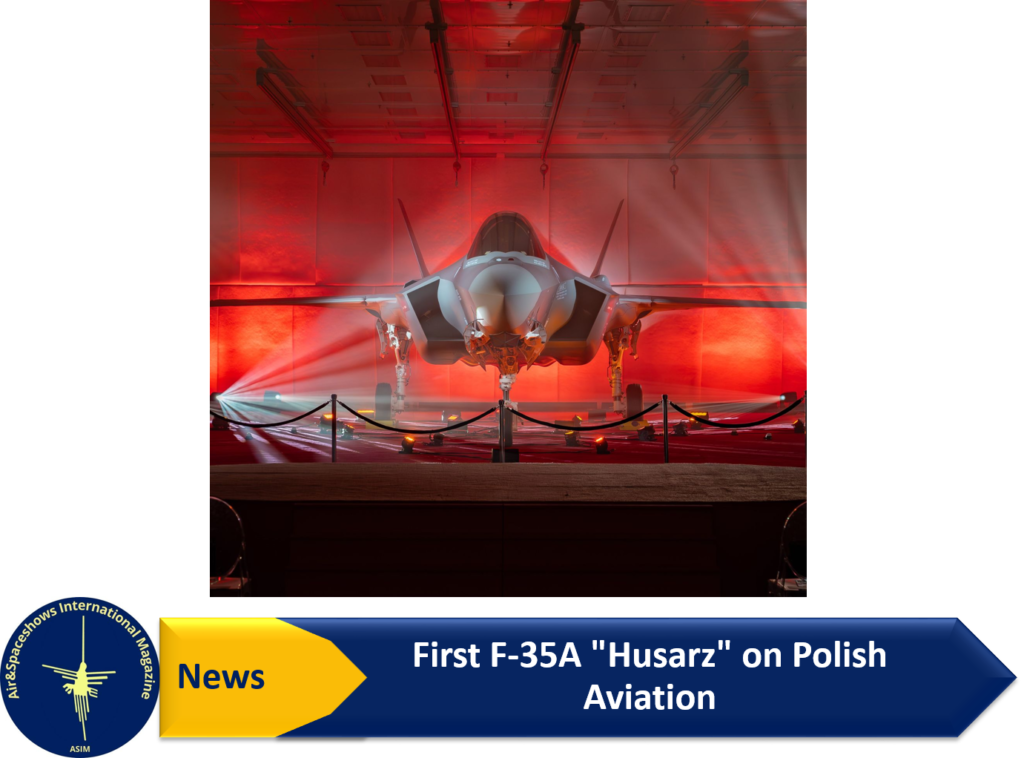ASIM, jun 20
GE Aerospace (NYSE: GE) is collaborating with NASA to develop a hybrid electric demonstrator engine, integrating electric motor/generators into a high-bypass commercial turbofan to enhance power during various phases of operation. This initiative involves modifying a Passport engine with hybrid electric components for testing under NASA’s Hybrid Thermally Efficient Core (HyTEC) project. This project is part of GE Aerospace’s broader efforts to advance technologies for more electric aircraft engines, specifically under the CFM International Revolutionary Innovation for Sustainable Engines (RISE) program. The embedded electric motor/generators aim to optimize engine performance by creating a system that can function with or without energy storage solutions like batteries, potentially accelerating the adoption of hybrid electric technologies in commercial aviation.
Initial component-level testing of the electric motor/generators and power electronics for the HyTEC Turbofan Engine Power Extraction Demonstration has been completed at GE Aerospace’s EPISCenter in Dayton, Ohio. Additionally, baseline testing of the Passport engine to assess performance before adding hybrid electric components was conducted at GE Aerospace’s Peebles Test Operation, also in Ohio. These tests are crucial for evaluating and updating models in preparation for a ground test. GE Aerospace continues to advance propulsion systems with the aim of improving efficiency and reducing emissions. NASA recently awarded GE Aerospace a contract for Phase 2 of the HyTEC project to further develop technologies for an aircraft engine core demonstrator test. GE Aerospace is also working with NASA on the Electrified Powertrain Flight Demonstration (EPFD) program, which involves ground and flight tests of a megawatt-class hybrid electric propulsion system. This collaboration, along with the RISE program, underscores GE Aerospace’s commitment to pioneering technologies for the next generation of commercial aircraft, aiming for greater efficiency and reduced emissions.




